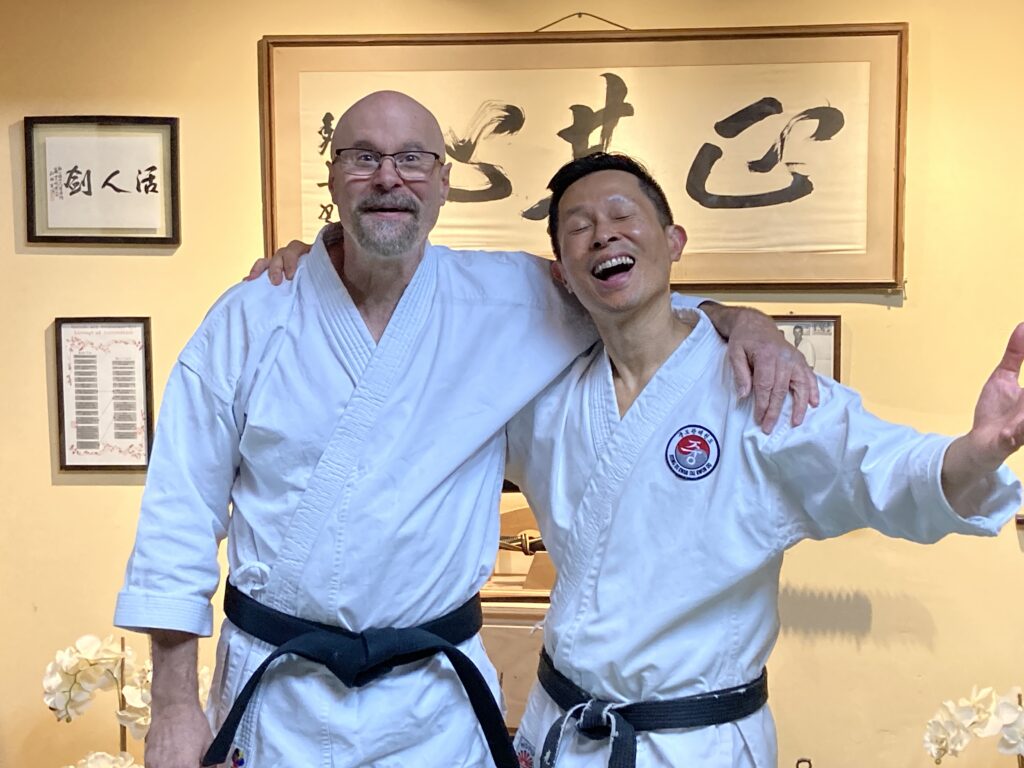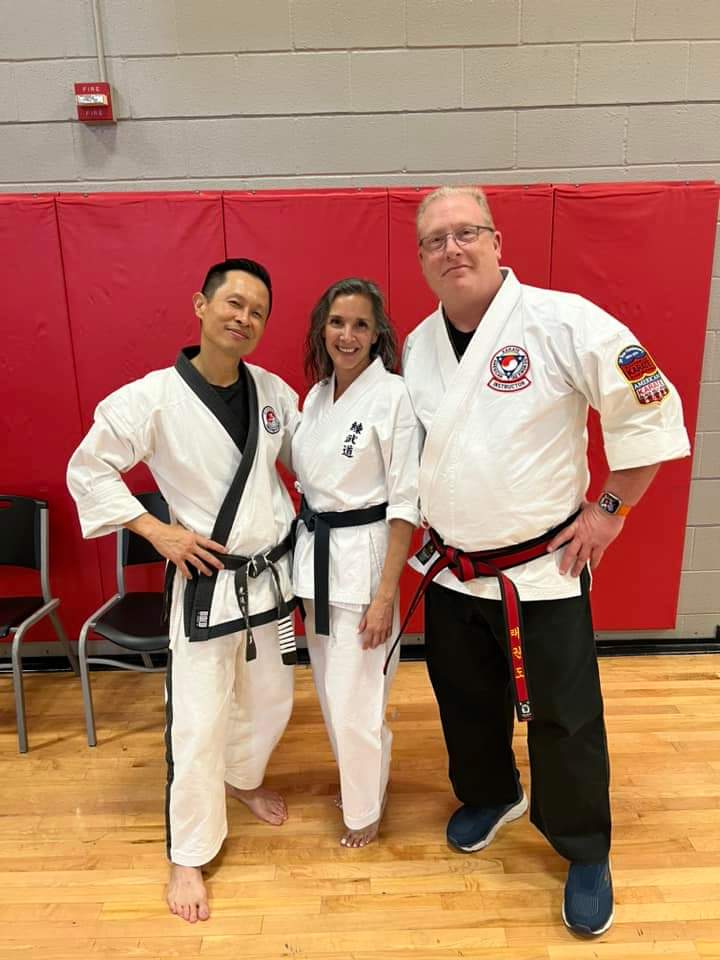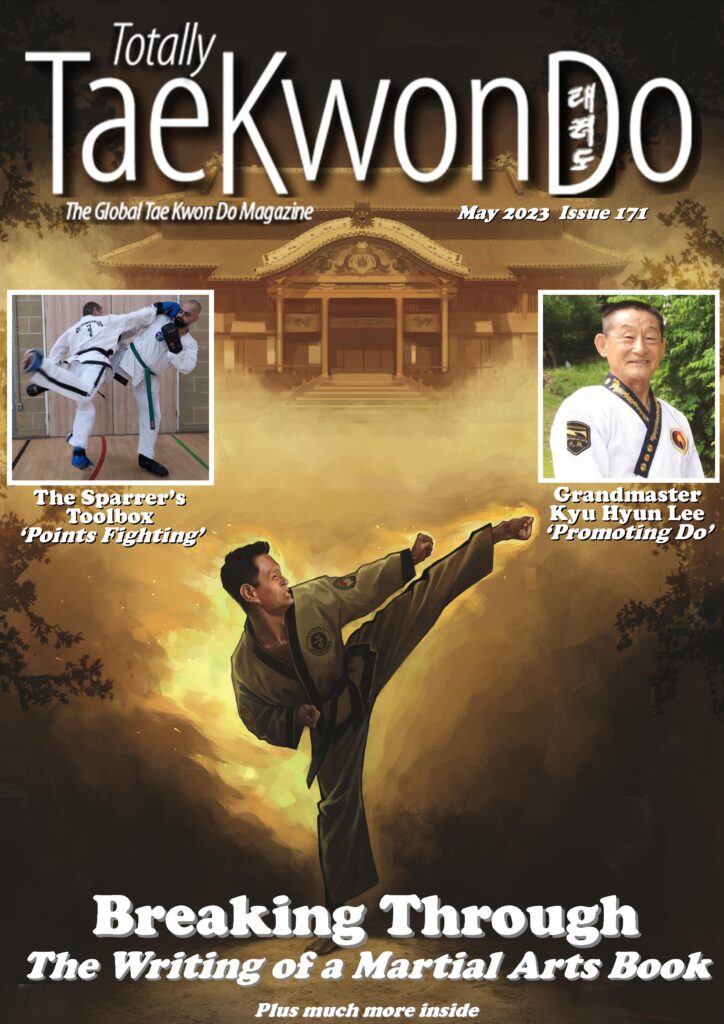Introduction:
The martial arts world has witnessed a long-standing rivalry between Taekwondo and Karate practitioners. Both disciplines have their unique characteristics and cultural significance. However, beneath the surface of rivalry lies a rich history and shared principles that bind these two martial arts together. In this article, we delve into the historical tensions between Taekwondo and Karate, explore their similarities, and shed light on the significance of a Taekwondo practitioner authoring a book on Karate.
Historical Tensions:
The historical tensions between Taekwondo and Karate practitioners can be traced back to the evolution and cultural contexts of these martial arts. Taekwondo, with its roots in classical Karate, has become deeply ingrained in Korean culture and is considered a significant practice in Korea. On the other hand, modern Karate reflects the cultural characteristics and interests of Japan. These associations with cultural heritage and the evolution of the martial arts have sometimes led to a sense of rivalry and competition between the two styles.
Exploring Similarities:
Despite the perceived differences, Taekwondo and Karate share a common lineage and underlying principles. Both styles emphasize discipline, respect, and the development of physical and mental strength. They incorporate variously similar techniques, including strikes, kicks, blocks, and forms (kata). By examining the historical connections and shared techniques, practitioners can discover the threads that bind Taekwondo and Karate together.

A Taekwondo Practitioner’s Karate Book:
In a fascinating and significant development, this Taekwondo practitioner has recently authored a Karate book titled ‘Breaking Through: The Secrets of Bassai Dai Kata.’ This remarkable achievement has garnered attention within the martial arts community for its in-depth exploration of a central form practiced across various styles in both the Karate and Taekwondo communities. The author’s ability to delve into the heart of this form, facilitated by his training in Traditional Taekwondo, is a testament to their similarities and his open-mindedness in seeking a deeper understanding of martial arts.

Beyond Superficial Differences:
By delving into the source material and history of Taekwondo and Karate, the author of ‘Breaking Through’ has uncovered the profound essence that transcends superficial differences between the two disciplines. This book serves as a bridge, connecting practitioners from both styles and providing valuable insights into the shared heritage and underlying principles that bind them (See Bassai: Transforming Disadvantage into Advantage in Martial Arts and Life). Through this comprehensive exploration, practitioners are encouraged to break free from siloed approaches, access their analytical framework, and gain a holistic perspective that goes beyond the boundaries of any specific martial art, enriching their overall martial arts journey.
The Value of Martial Arts:
While Taekwondo and Karate have their unique characteristics and applications, there is great value to be found in any training hall which offers combative sport, self-defense training, and traditional martial arts. Each approach serves different purposes and caters to the goals and aspirations of practitioners. Combative sport offers a platform for competition, physical fitness, and honing skills, while self-defense training equips individuals with practical techniques for real-life situations. Traditional martial arts provide a pathway for personal growth, discipline, and connecting with cultural heritage. The key lies in being clear about what one aims to achieve and aligning the chosen martial art accordingly.
Conclusion:
The long-standing rivalry between Taekwondo and Karate practitioners has shaped their relationship throughout history. However, the 21st century presents an opportune time to shift our focus towards supporting individuals, elevating our understanding of the human condition which created this cultural practice, and celebrating the rich historical tapestry of each martial art. The publication of ‘Breaking Through: The Secrets of Bassai Dai Kata’ serves as a reminder that by embracing diversity and understanding the underlying principles, practitioners can unlock a deeper understanding of martial arts, finding profound value that extends far beyond superficial differences. Let us embrace this new era and celebrate the vibrant and interconnected nature of the martial arts community.




